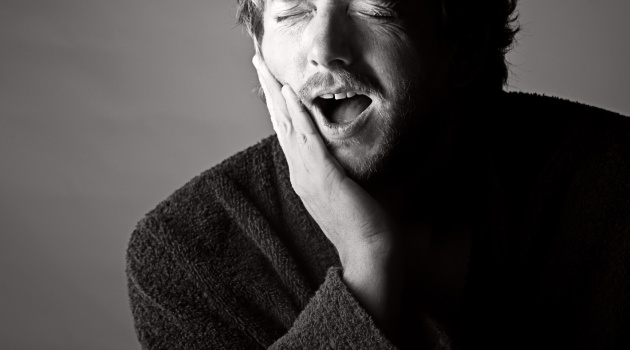
The joint which allows the jaw to move is the temporomandibular joint (TMJ) and is made up of the jaw bone (manidible) and the skull. This can be felt on either side of the face, just below the ear lobes. The TMJ is responsible for opening and closing the mouth as well as moving the jaw forwards and backwards and from side to side, such as when chewing.
Temporomandibular joint dysfunction is a problem which prevents this joint from working effectively, and can be very painful, as well as debilitating due to the inability to open the mouth pain free. The effects of TMJ dysfunction are pain in and around the joint, locking of the jaw, stiffness, headache, clicking or cracking, or a change in the way the teeth fit together when your mouth is closed.
There can be many causes for jaw joint dysfunction including muscular pain, jaw misalignment, teeth grinding habits and the normal aging process which lads to degeneration of the joint. Physiotherapy can help by improving mobility of the TMJ and giving exercises to strengthen the jaw’s actions.





